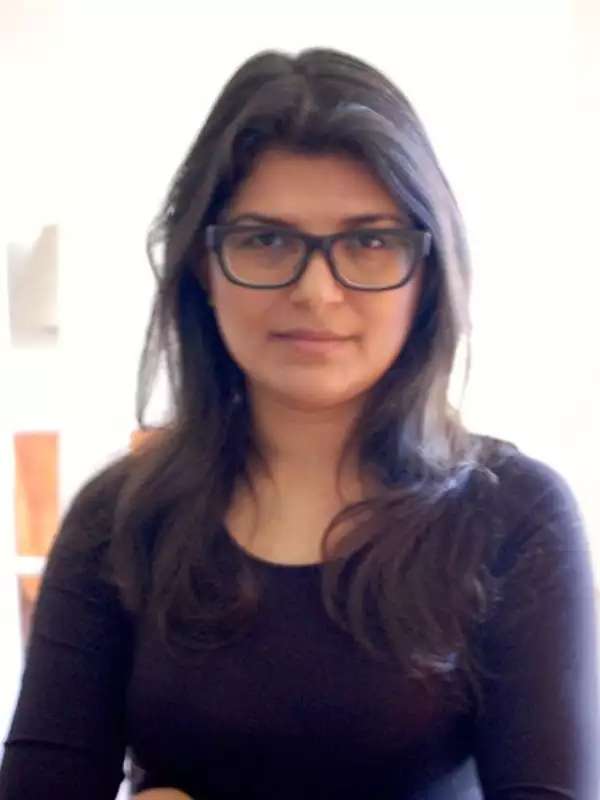
Vrinda Condillac
Department
English, First Year Foundation
Office
Office Hours
Contact
Since 2014, Vrinda Condillac has taught a number of courses at Barnard, including Art of the Essay, First-Year Writing and First-Year Seminar. In 2017 and 2019, she was nominated for the Emily Gregory Award for excellence in teaching and for service and devotion to students. She has also taught in the University Writing Program at Columbia, the Cooper Union Center for Writing, and college access programs such as Leadership Enterprise for a Diverse America. Prior to teaching, she worked in book publishing and continues to work with writers as a freelance developmental editor. She has an M.F.A. in Creative Writing from Columbia University and a B.A. in Liberal Arts from Bennington College. Her research interests focus on writing pedagogy.
- M.F.A., Columbia University
- B.A., Bennington College
One of the hardest parts of writing is that the texts we read come to us as fully-formed pieces that hide all the initial messiness that went into writing them. It can seem as if they came to the writer in a flash of inspiration and so the only work that went into them was the act of transcribing the thoughts in the writer’s head from beginning to end. But in my years of working with writers as an editor and a writing instructor, I’ve seen that good writing is the end result of moving from a place of confusion to a place of clarity through constant rewriting.
In my class, we try to look behind the curtain to the writer’s process, to see how we can produce the clarity and complexity we see in the works we read and like. “Seeing" itself becomes a guiding metaphor for the work we do, and close reading becomes the tool we use to do that work of seeing. How do we close read our evidence to see clearly what we might only sense vaguely on the surface? How can we close read to see things that we hadn’t even noticed and make claims that that produce new and surprising ways of looking at the world? How can we invite our readers to see and understand what we’ve found? How do we invite them to change the ways of seeing they might be deeply attached to?
The themes of my courses, and the selection of texts we read, underscore this importance of seeing. In the Fall and the Spring, we think about how our bodies are limited and confined by the way that others construct our identities through their ways of seeing, and how our bodies can resist that categorization. Our literary texts, such as Nella Larsen’s Passing and selected poems by Sor Juana, challenge the way we see gender, race, and sexuality. The lens texts that we use to read these literary texts, by theorists such as Sara Ahmed, Judith Butler, or Michel Foucault, show us that systems of oppression function by keeping the exercise of power invisible. As a result, I see the reading and writing we do in Women and Culture as not simply a process of making claims and defending them, but as part of the larger challenge of uncovering what is (or has been made) invisible in the world, and of bringing readers around to see the importance, and the pleasure, of seeing things anew.